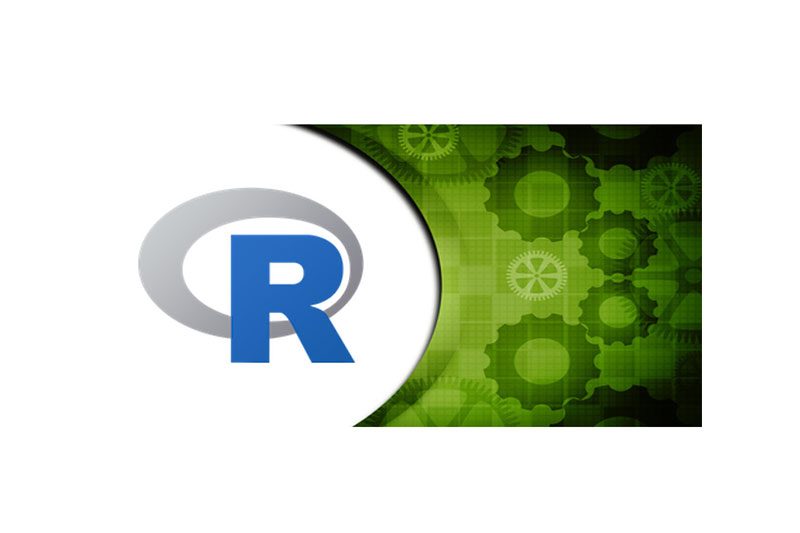One of Rs great strengths compared to other statistic solutions or programming languages is the amount of possibilities for creating well-designed publication-quality plots. Almost all plot types can be created with any amount of fine tuning. R works on small data sets as well as on big data.
In addition to Rs base-graphics various add-on packages like Lattice and most notably ggplot2 allow for even fancier graphics. ggplot2 by Hadley Wickham is based on „The Grammar of Graphics“, the standard book on data visualization.

With all this graphic functionality available, Rs latest add-on knitr adds all functionality needed to create stunning automated publication ready reports, not only as LaTeX but Office and HTML Documents too.
Using the package GoogleVis, R can also be used as a data source for googles Chart Tool API, which can be used in Webpages, but since they use flash, webpages only. Also, they are a complete seperate solution not building upon Rs graphics, but replacing it.
To bring Rs graphic capabilities to the Web 2.0 the proper way, eoda develops interactiveGGPLOT. The idea behind it is to use the entire outstanding feature set of ggplot2, spice it up with Javascript to link it with the powerful Html-5 capabilities of modern Webbrowsers, such as Firefox, Chrome and Internet Explorer 9.
As a quick example, the following plot can be created with these few lines of R code:
[embedit snippet=“interactiveggplot-demo1″]
|
1
2
|
require(“interactiveGGPLOT”)
climateData
|
An example of a business application with interactiveGGPLOT is our Twitter Monitor.
In it’s current version, interactiveGGPLOT uses the ggplot2 functions geom_point, geom_line, and geom_bar. More will follow.
This way.